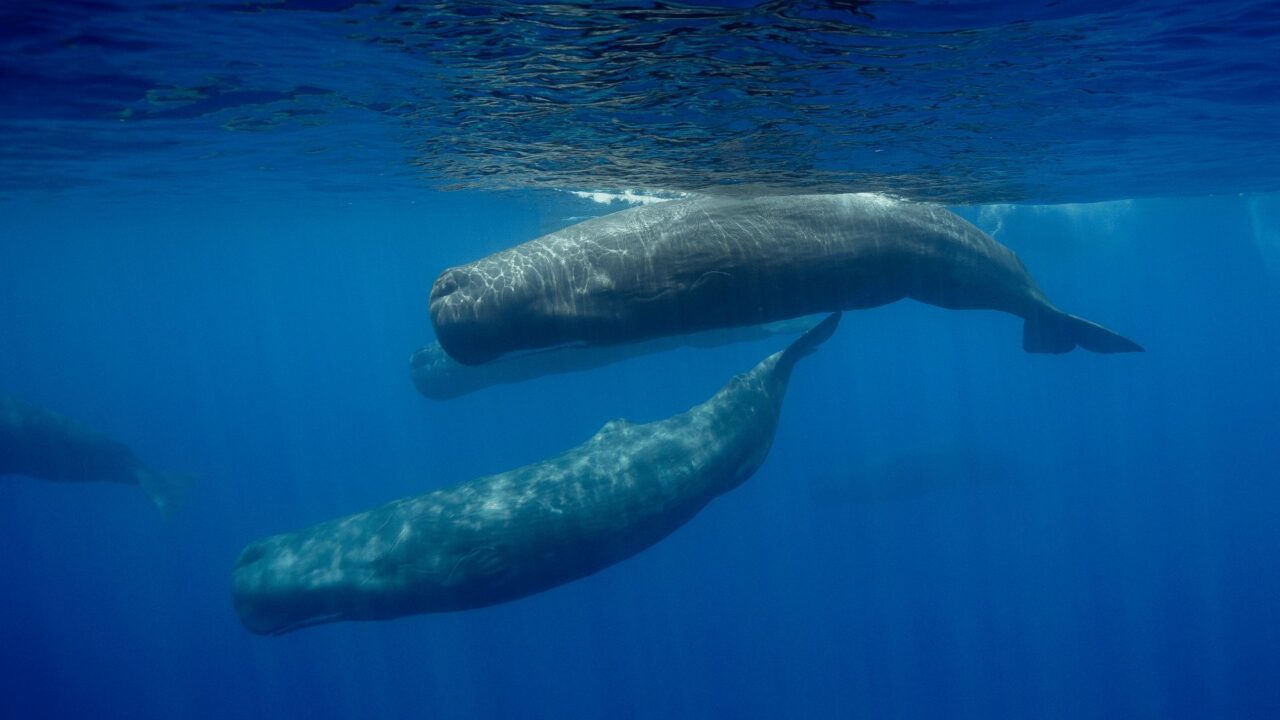
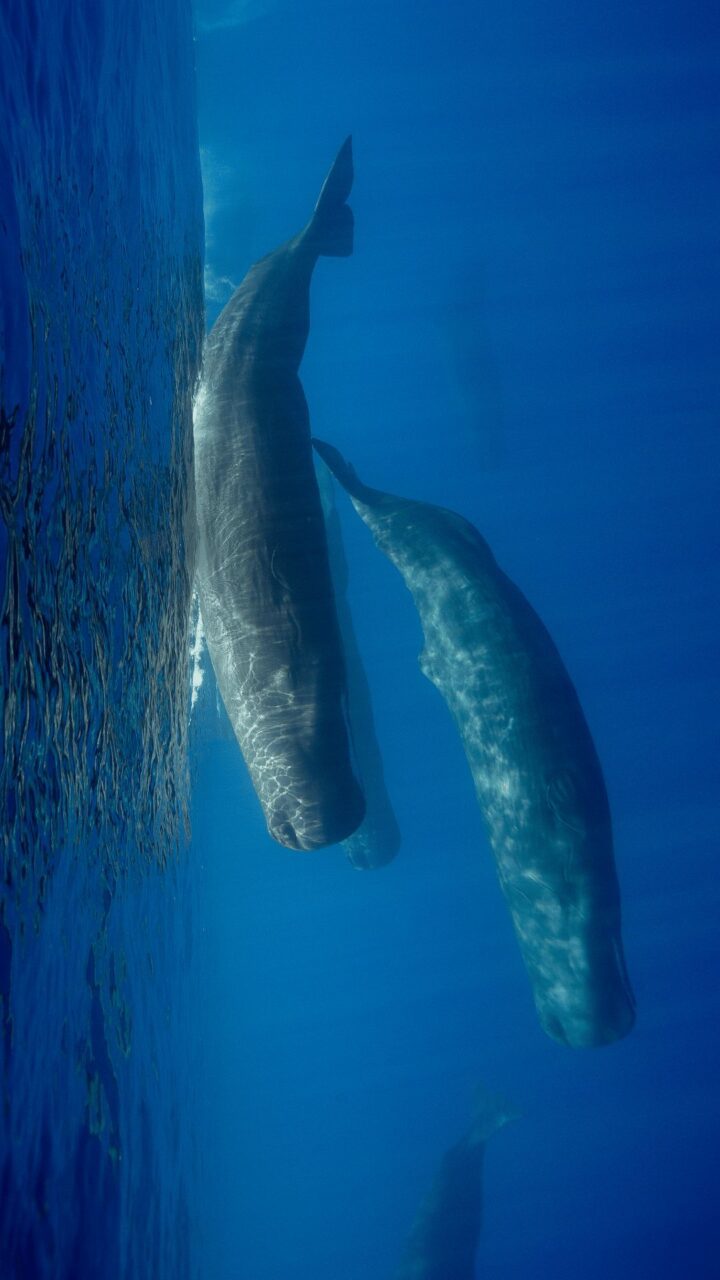
- Magical Vacations
- Itineraries
- Wild Island of Wellness
Wild Island of Wellness
Navigate to Sub Page
Wild Island of Wellness
Explore Sri Lanka high and low with this fascinating guaranteed departure tour starting in the capital, Colombo, and taking an inland loop that covers all the main historical, cultural, and natural attractions of this magical island. Discover a world of lush landscapes, picturesque lakeside cities, historic temples, and ancient citadels. Breathe in the fragrances of Sri Lanka at herb and spice gardens. Enjoy cultural shows and spiritual experiences starting from nine unforgettable days traveling across this earthly paradise.
Day 1
Welcome to Sri Lanka! / Airport to Hotel Pick Up
Arrive at the International Airport in Colombo. Our representative will meet and greet you before transporting you to the hotel of your choice. Colombo is a vibrant, lively, and colorful contrast to the rest of the nation. Skyscrapers rise from ancient colonial-era neighbourhoods near the harbor, yet the contemporary city proudly maintains its old-world charm. Visit the well-known Pettah market, the Hindu and Buddhist temples Gangarama and Sri Kailawasanathan Swami Devasthanam Kovil, and some of the city’s residential sections. For example, at Cinnamon Gardens, you’ll discover famous addresses like the Prime Minister’s Office, Independence Hall, Colombo Town Hall, and the National Museum, as well as elegant houses for the wealthy. In Colombo, spend the night.
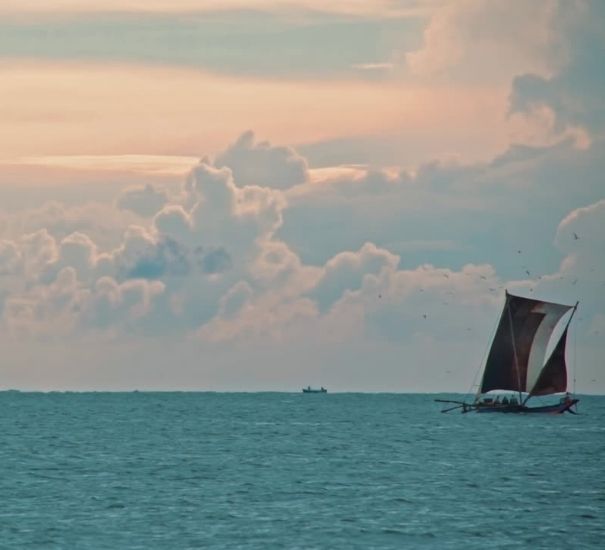
Day 2
Elephants & Heritage Sites
After a sumptuous breakfast, set off to see Sri Lanka’s wildlife and traditions. The first stop is to Dambulla’s Golden Temple, a 2,000-year-old revered pilgrimage destination built deep within a mountain. The amazing five-cave complex is a UNESCO World Heritage Site with remarkable murals of the Buddha and other deities as well as Sri Lankan rulers. Return to your hotel to get some rest. Stay the night at Sigiriya.
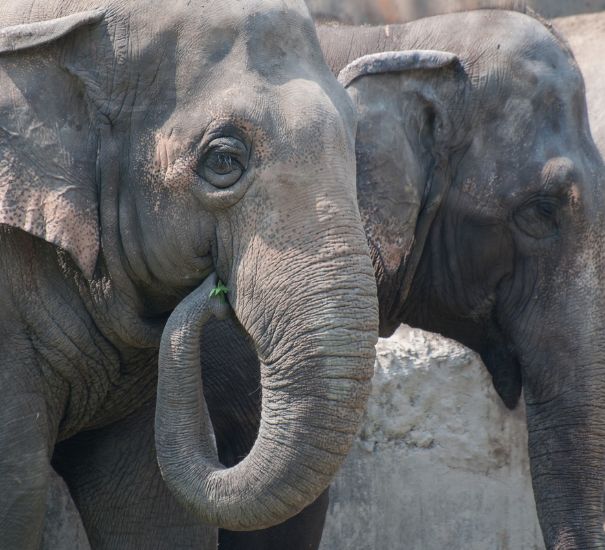
Day 3
Explore the Surrounding Cultural Triangle
Begin your day with a delicious breakfast before climbing to the fifth-century Sigiriya castle, which rests atop a rock that rises about 200 meters above the jungle. The citadel, which was the deepest bastion of a great walled city, was erected at the summit of this massive rock known as the ‘Lion Rock’ by King Kashyapa. Pass into the lion’s ‘belly,’ then use the spiral stairway that snakes its way around the rock to reach the summit. Enjoy the stunning views of the surrounding environment and the horizon beyond. Discover the spectacular remains of the ancient city of Polonnaruwa in the afternoon. See the vast constructed lake that feeds a network of irrigation canals, the ruins of the royal palace, and the lovely temples and administrative buildings. Admire the Gal Viharaya with its four rock-carved Buddha statues, Audience Hall, Lotus Bath, and King Parakramabahu statue. Before returning to the hotel, consider seeing the Shiva Temple, the Lankathilake, the Watadage, and the Galpotha. Stay the night at Sigiriya.
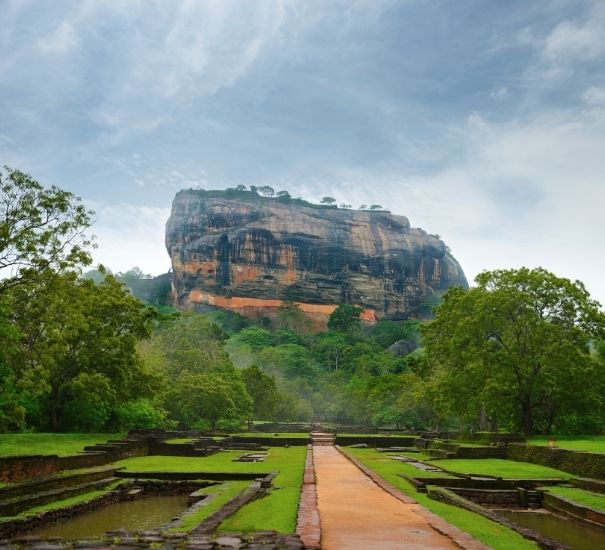
Day 4
Welcome to Spice Gardens & Kandy
After a delicious breakfast, head to Matale’s lovely spice and herb gardens. Sri Lankan spices including turmeric, nutmeg, cardamom, cinnamon, and lemongrass are among the greatest in the world. Witness a cooking demonstration and learn about these ingredients’ culinary and healing properties. Proceed to Kandy and explore the stunning Peradeniya Royal Botanical Gardens, which were established by the British, who also imported a variety of plants and flowers, resulting in the wonderful fields of orchids and aromatic spices that exist today. There is even a tree erected in 1901 by King George and Queen Mary! Check into your chosen hotel in the evening and get ready for a new experience. In Kandy, spend the night.
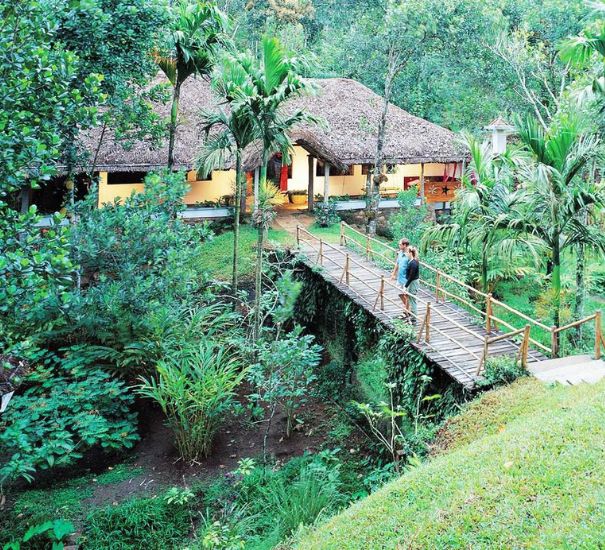
Day 5
The Old Kandyan Kingdom
Kandy is well-known for its picturesque lakeside setting, which is framed by stunning hills. The Temple of the Sacred Tooth Relic, however, is its most appealing monument. This magnificent edifice was constructed in the 16th century only to house a relic of one of the Buddha’s canine teeth. Monks polish the tooth relic once a week, and the fragrant liquids they use are deemed sacred. The Golden Canopy, the New Palace and the Royal Palace, the ancient courthouse, the Queen’s Bathing House, the National Museum, and the sanctuary are among important structures. Consider the wonderful architecture and the calm of the environment in peace. Finish the day with a spectacular cultural performance that includes 12 folk and traditional dances backed by ceremonial drums and a drum ensemble. And be ready for a scorching fire walking show that will have you on the edge of your seat. In Kandy, spend the night.
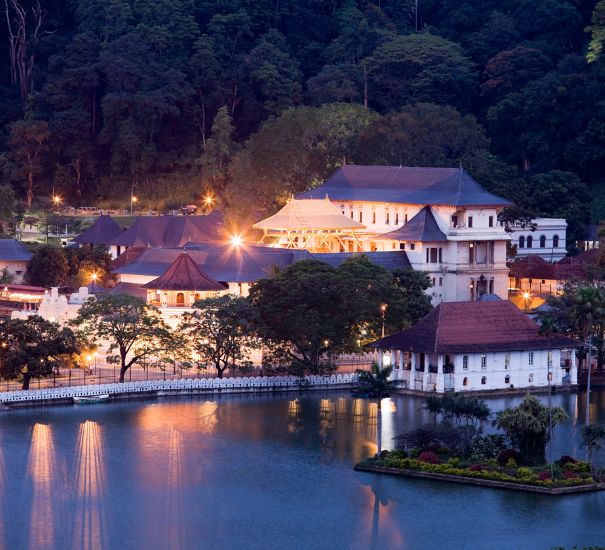
Day 6
Mountains & Tea
Visit a tea plantation and factory to get a taste of Sri Lanka’s most famous commodity. Observe the tea production process from leaf plucking to grading and selection, and finally the creation of dried tea leaves. Finish your tour with a sampling of authentic Ceylon tea at the factory. Continue to Nuwara Eliya, a charming lakeside town renowned as the “tea capital” and “Little England.” The British brought tea manufacturing to Sri Lanka here. Admire the neat houses with rose gardens, Victoria Park, the racetrack, and the 18-hole golf course, which is regarded as one of the greatest in South Asia. Other nearby sights include the evocatively named Lovers’ Leap waterfall and Sri Lanka’s tallest peak, the 2,500-metre Pidurutalagala, which overlooks the town. In Nuwara Eliya, spend the night.
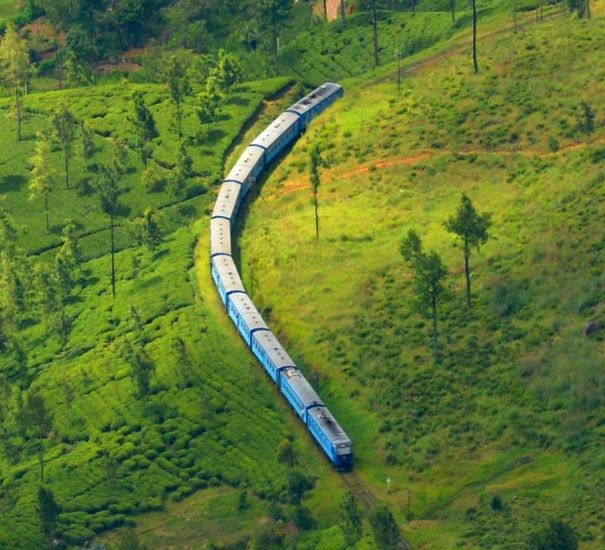
Day 7
Wildlife Adventures
Drive south-east through tea plantations, lush vistas, and secluded mountain settlements. Continue to Buduruwagala Temple to see the majestic rock-carved Buddha sculptures. Travel to Yala National Park for an exciting Jeep safari. Explore this huge natural environment for the next three to four hours, which extends all the way to the sea, giving it a gorgeous ocean frontage and a genuinely wild and exotic vibe. Get ready to explore grassy meadows, deciduous woods, and sand dunes. Hundreds of elephants, boars, buffalo, sloth bears, deer, crocodiles, and the rare Sri Lankan leopard may also be seen in the park. Prepare to see wild creatures! Spend the night at Tissamaharama.
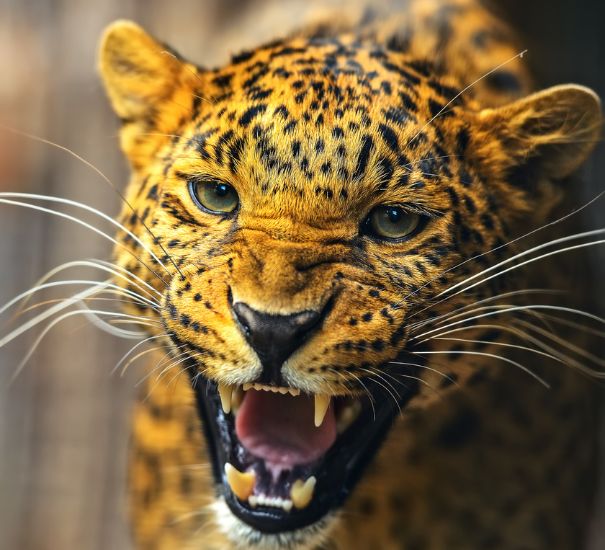
Day 8
The Dutch Fort & Turtle Hatchery
Enjoy a great breakfast at the hotel before taking a picturesque drive to Galle. Galle, which was colonized by the Portuguese, Dutch, and British, is now a captivating city with a rich colonial legacy. The Dutch-built fort is a UNESCO World Heritage Site, with a maze of picturesque streets and lanes lined with old structures. Admire the charming Dutch Reformed Church and the spectacular Meera Mosque before continuing your drive north to Kosgoda, where you may visit the famed turtle hatchery. This refuge protects many turtle species, including the endangered hawksbill. The eggs of turtles are the most susceptible since they are left unprotected on beaches all along the coast. View the massive tanks packed with newborn, but active, hatchlings. The hatchlings are fed and released into the water when they are a few days old. In Kalutara, spend the night.
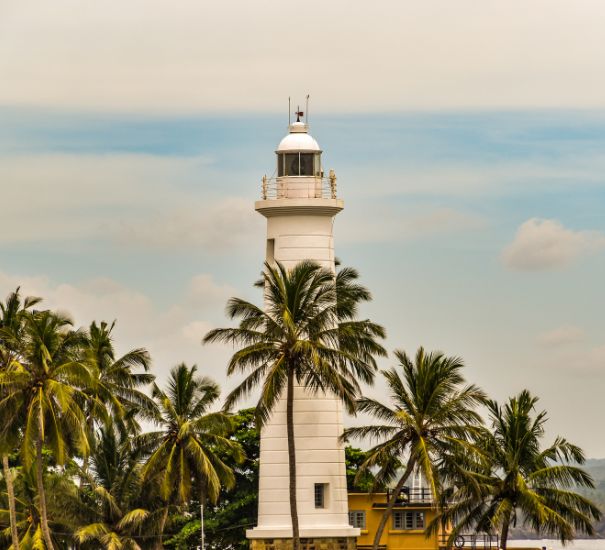
Day 9
Final Day / Departure
Transfer to Colombo airport after breakfast to connect with your outbound aircraft (It is recommended to reach the airport at least 3 hours before the departure flight time, the recommended departure flight in the late afternoon or evening). Breakfast is provided.
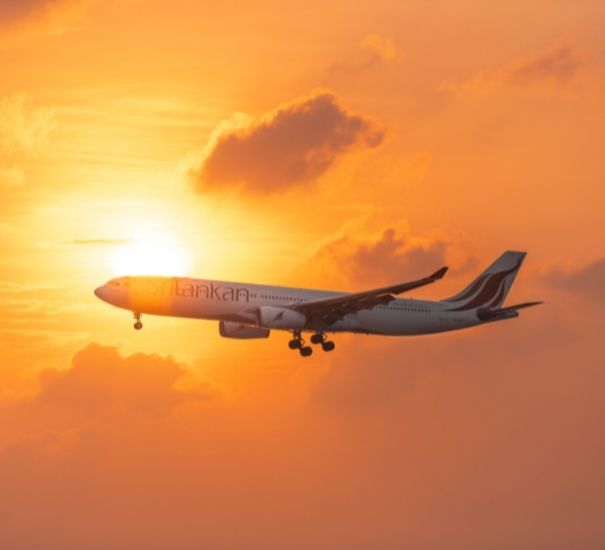
Colombo
Colombo, Sri Lanka’s commercial center, is around 30 minutes away from the International Airport through the new Expressway. Its outskirts are hectic, congested with traffic, and densely packed with office and residential buildings, but the city center has been revitalized with bright new high-rise hotels and office buildings, restored and re-painted Edwardian houses, and vast tree-lined boulevards.
Because of its parks and playing fields, inspired architecture and spaciousness, air-conditioned retail malls, high-end restaurants, and hotels to suit all budgets, Colombo appears poised to reclaim its title as Asia’s Garden City. There is no subway system, and buses are generally crowded with commuters, so taking one of the ubiquitous, buzzing three-wheeler taxis known as ‘tuk tuks’ is a fantastic way to see the city.
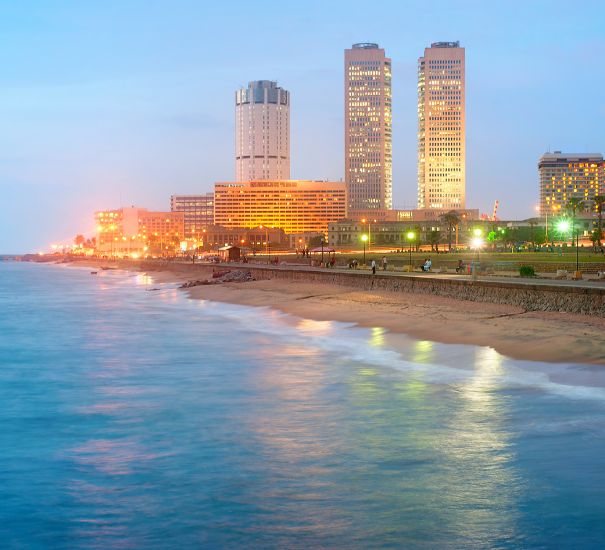
Pinnawala
The Pinnawela Elephant Orphanage, founded by the Sri Lankan government to protect one of its national treasures, has been in operation for over 30 years, raising orphaned calves, treating the sick, and rehabilitating the injured. Today, the orphanage has 60 elephants, and hundreds of people come to witness their antics at bathing times! It’s a lot of fun to watch them play in the water. The best times to view them are between 1000 and 1400 hours.

Polonnaruwa
For the first time, King Vijayabahu I, who defeated the Chola invaders in 1070 CE and unified the land under a national sovereign, proclaimed Polonnaruwa the capital city. While Vijayabahu’s triumph and the shifting of kingdoms to more strategic Polonnaruwa are notable, his grandson, Parakramabahu I, is the genuine Polonnaruwa Hero of history. Polonnaruwa was known as Jananathamangalam during the Chola dynasty’s brief rule.
After Anuradhapura, Polonnaruwa was Sri Lanka’s second capital. Some of the ruins here include Bhramanic buildings and a garden city from the 12th century chola civilisation. Polonnaruwa’s archaeological highlights include tombs, temples, and other ruins.

Kandy
Kandy, the old kingdom, is home to the Temple of the Tooth Relic of Lord Buddha, as well as Edwardian structures, a king-made lake, a wildlife reserve, and interesting stores.
Kandy, the island’s second biggest city and the headquarters of the Central Province, has evolved from a medieval monarchy to a pleasant, bustling metropolis located in wooded hills surrounded by tea plantations and adjacent to the Royal Botanical Gardens at Peradeniya. There are several Buddhist monasteries and Hindu sites of worship to visit, as well as cultural dance performances to observe, in addition to the Temple of the Tooth.
Kandy is a good place to stay for a few days while seeing the Cultural Triangle since there are hotels to suit every budget. Colombo is easily accessible by rail, road, and float aircraft.

Nuwara Eliya
The scenic environment of Nuwara Eliya is known as “Little England” because of the likeness of its homesteads to English bungalows and its mild temperature at an elevation of over 1,800m above sea level (there are even log fires in some hotels).
Piduruthalagala, Sri Lanka’s tallest peak, towers over Nuwara Eliya. During the local holiday season months of April and August, it was a getaway from the coastal heat for British colonists in colonial days, and even now, rituals such as horse racing, boating on the lake, magnificent flower garden contests, and golf tournaments are held.
The area grows the majority of Sri Lanka’s fresh flowers, fruits, and vegetables, and it also has dairy and strawberry farms. A visit to the Hakgala Botanical Gardens near town is a must, as is a trip through Horton Plains.
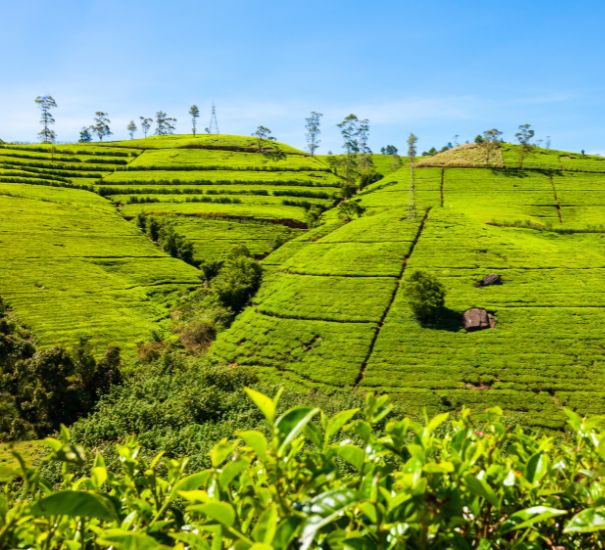
Yala
Yala National Park, also known as Ruhunu National Park, is one of the country’s largest rainforests. It is located in the southeast of Sri Lanka, 305 kilometers from Colombo. The park’s major attraction is elephants, however leopards and sloth bears are occasionally sighted. Yala also has hundreds of local and foreign bird species, including the jungle fowl, Sri Lanka’s national bird, and flocks of peacocks. Yala also features a beach and crocodile-infested marshes.
Yala was one of the first National Parks formed in Sri Lanka (in 1938), and it is a well-known tourist destination with abundance of lodging close its gates, both opulent and inexpensive, and even camping; morning and evening safaris by jeep may be readily organized.

Galle Fort
This “Living” UNESCO World Heritage Site is the harbor where the Portuguese first landed in Sri Lanka in 1505, and is said to be the legendary Tarshish of the Bible where King Solomon gathered jewels and spices. The city was captured and fortified by the Dutch who governed maritime Sri Lanka in the 17th and 18th centuries, and it still has a Dutch feel to it. Within the well-preserved 90-acre fort and fortifications erected in 1663, there are Old Dutch churches and monuments with armorial bearings, an imposing crested and monogrammed doorway dated 1669, and numerous well-preserved Old Dutch dwellings and small lanes with Dutch names. The New Oriental Hotel, erected in 1684 for a Dutch governor, is a colonial jewel that has been turned into the globally famous Amangalle Hotel, as are numerous other superb boutique hotels.
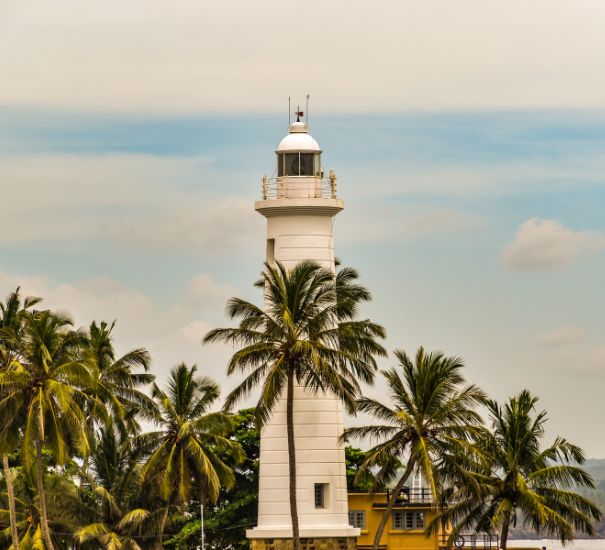
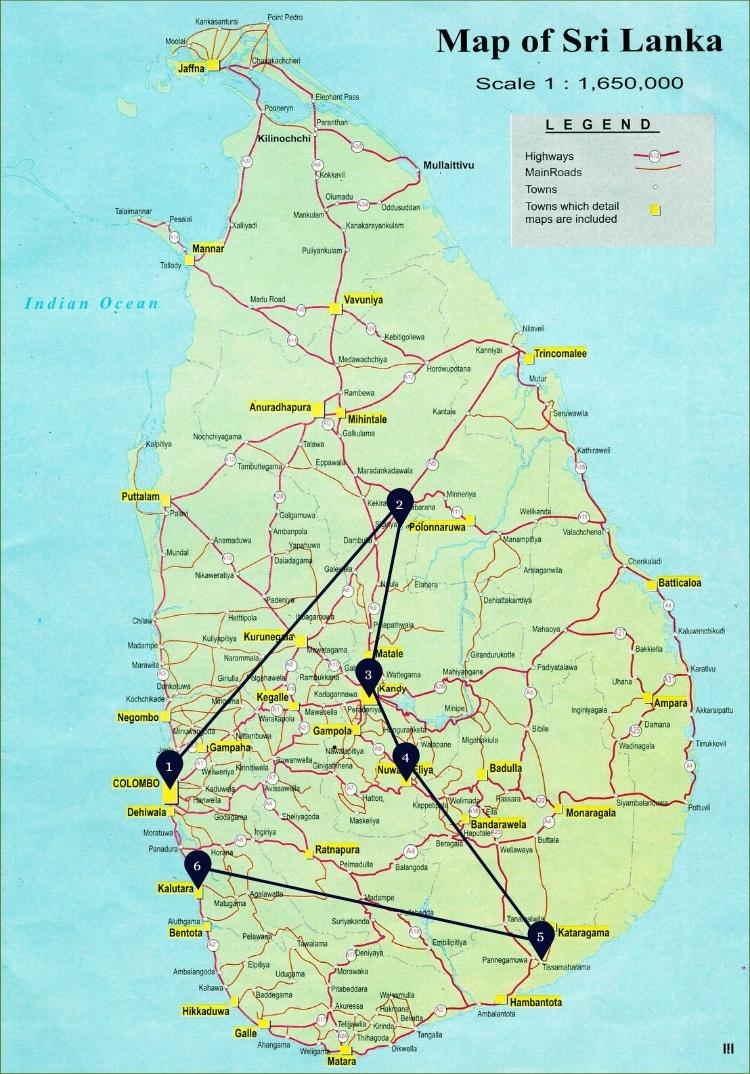
Price
Description
Per person in a double room
Comfortable Bed & Breakfast Accommodations in the Mentioned “Overnight Stay” Locations
Early check-in & Late check-out.
Transport in an Air-Conditioned car with an English speaking Chauffeur Guide.
Entrance/excursion fees to the places mentioned in our itinerary.
Government Tax (11%)
Tips and other expenses of personal nature.
On-line payment using a personal credit card (Amex/Visa/Master). Log in details will be sent on confirmation.
Bank transfer.
